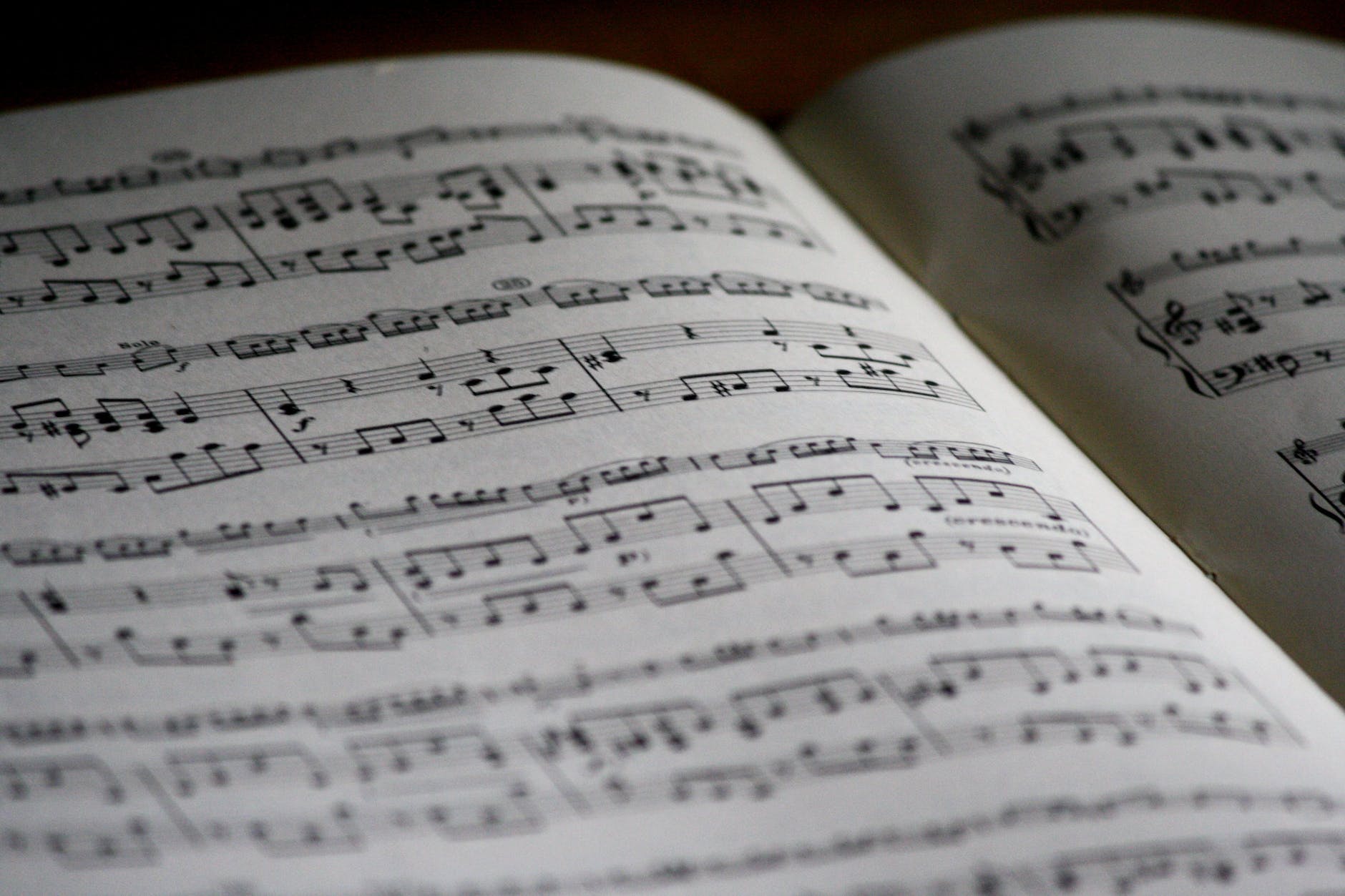In the festive seasons, people from diverse backgrounds celebrate in different ways. However, Christmas songs are a common phenomenon across communities. For older generations, the Christmas carol comes with nostalgia and childhood memories. Most people identify the songs with their childhood experiences when the festive season meant much more to them.
One such memorable and popular song is the Carol of Bell. The Christmas carol is popular worldwide. Despite being an old song, it still has the magic to evoke the feeling of the festive season. It was composed in the 20th century by Ukrainian composer Mykola Leontovych. What makes the song amazing is that the original composition wasn’t intended to be a Christmas song, rather it was an outcry of Ukrainian people.
A Brief History of “Carol of the Bells”
In 1916, the Ukrainian composer Mykola Leontovych, drafted the song while Wilhousky developed its lyrics. Initially, the song was named Shchedryk, and it was more of a song that wished the Ukrainian people a happy new year.
Having a perspective of a swallow, the song sparked a feeling of hope and anticipation of better times ahead. It was composed of a difficult time in the history of Ukraine, when the country was experiencing political challenges, including World War I.
During such desperate times, people seek relief from anything that offers encouragement and hope. That is exactly what the Shchedryk offered them. They experience happiness and peace from listening to the lyrics and the melody of the song.
The transformation of the song, however, was in 1921 when the Shchedryk made its way into Carnegie Hall in the USA. After the appearance, the song transformed into a Christmas Carol. However, it wasn’t transformed immediately.
The process of remaking the song into a Christmas one didn’t kick off immediately. It was not until 1936 that Wilhousky, the writer of the lyrics, noted that the song reminded him of bells. He reorganized and rearranged the lyrics, where he anglicized it and that’s how the Carol of Bells came to be.
The Key Themes of “Carol of the Bells”
To understand the Forgotten Story of “Carol of the Bells'” Author, we must address the key themes of the song. When working on an assignment that requires you to conduct deep research, such as helping the audience to understand the “Carol of Bells,” you may need help with paper writing to explain the theme and allow the reader to understand the central idea. A critical analysis of the melody reveals 5 key themes discussed below.
- Happiness: One of the main themes that the audience read from the popular song is joy and celebration. The song evokes a feeling of happiness, joy, and festivities. From the melodies and musical notes, the song activates holiday moods. For audiences who have enjoyed the masterpiece for a long time, the hit reminds them of past celebrations, especially those that leave a mark on their lives.
- Christmas celebration: There are numerous holidays that people from diverse backgrounds enjoy each year. However, there is always something special about Christmas the world over. While Christmas is a Christian holiday, some individuals practicing other religions embrace the festive season and enjoy the feeling of a holiday. Carol of the Bells
- Cultural heritage: Another important theme evident from the Carol of the Bells is the traditional heritage of the Ukrainian people. The history of the song communicates the folk chants. The song connects the traditional and cultural aspects. For music lovers, it is not just an entertainment song or a symbol of holiday celebrations, rather it is a testament to the rich musical and cultural heritage of Ukrainians.
- Cohesiveness: The song’s lyrics communicate the Christmas festivities, giving the audience a strong feeling of what Christmas entails. Beyond celebrating the birth of Jesus Christ, Carol of Bells sparks the feeling of peaceful coexistence and shared happiness during the Christmas celebrations. Based on its storytelling nature, the “Carol of Bells” helps its audience appreciate the essence of Christmas and its traditions.
- Consistency: Carol of Bells remains popular decades after its composition. It is one of the timeless melodies. It appeals to different generations, and its message remains clear to its audience. The most unique aspect of Carol of Bells is its adaptability. The song is easily used in different settings and the audience will have a suitable interpretation based on the event. It is one of the features that has enabled the Ukrainian song to remain afloat for ages.
What Is the Meaning of Carol of Bells
Having understood the origin and some of the themes of the song, let’s focus on the actual meaning of the Carol. The original version of the song focused on sending the best New Year wishes to its audience. Since the country was experiencing political turmoil, the composer offered hope for good things to come in the new year.
The anglicized English version, however, is more aligned with communicating joy, happiness, and celebration during the festive season. It highlights how bells create the feeling of joy and celebrations that mark Christmas festivities. Notably, the English version also offers its audience hope during challenging times. The song remains relevant for uplifting people when undergoing difficult periods in their lives.
While the song might not provide a deeper meaning similar to other popular Christmas songs, it remains on top for its ability to elicit happiness and joy among its audience. It helps people to feel uplifted and motivated during dark times and difficult winter periods when individuals feel desperate and their spirits dampened by the extreme cold weather conditions.
Avid Writer with invaluable knowledge of Humanity!
Upcoming historian with over 30 million views online.
“You make your own life.”


